Apply now to join our next cohort of Community Science Fellows and Community Leads!
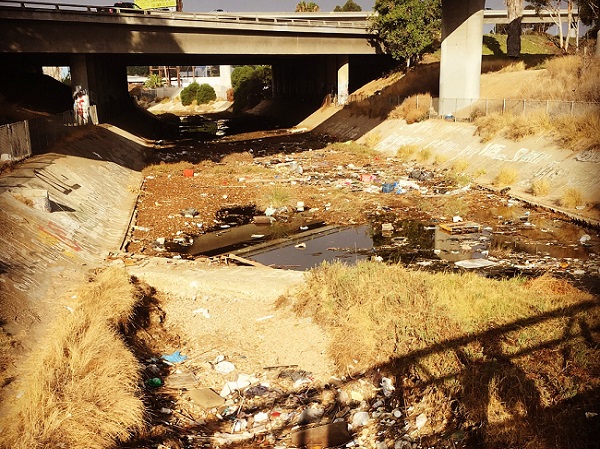
Photo Courtesy of Kristen Hurst
The Initial Challenge:
How can we measure the amount of trash pollution in Chollas Creek? And how can we involve elementary school students in this process of measurement in a safe and fun way?
The Methods
We enlisted a classroom full of 4th graders to design and carry out a trash monitoring program. We modified the California State Water Resources Control Board’s SWAMP Rapid Trash Assessment to be kid-friendly and then had the students carry out trash surveys both on-site and through photography.
We utilized iPads with cameras, Google Forms as survey tools, clipboards, 100-foot tape measures, and lots of input from our students at Carver Elementary. We wrapped up in the pandemic era with assistance from Public Lab, an open source community science platform.
The project team met in person and with students approximately once a month and spent just a couple hours a week on planning, emails, site visits, and other various forms of outreach through AGU Thriving Earth Exchange and Public Lab. The project team had monthly calls of 30 mins to 1 hour.
The Results
https://thrivingearthexchange.org/trash-tography-san-diego-4th-graders-take-on-water-pollution/
Reflections
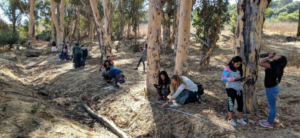
Trash-tography in progress
Students filling out the trash assessment Google Form for their 10-foot sections.
Chollas Creek, which traverses through the neighborhood of Encanto, is a diverse community located in southeast San Diego, California. Today, there are as many as 35 languages or dialects spoken in local schools. The community faces multiple challenges including drug- and gang-related crime, and increasing homelessness. These issues cause many residents to feel unsafe in their neighborhoods. The median income is well below the San Diego average, and many residents experience asthma, obesity, diabetes, and other long-term health challenges often associated with poverty. Community members have little to no access to green space, and the creek system (Chollas Creek) that runs through the community to the bay is polluted, serving as a dumping ground for large trash items. The area has also recently become a location for a growing homeless population to set up encampments. While creek restoration has been a priority for the city of San Diego as a whole, southeast San Diego has been underserved and possibly even ignored by the city in these efforts.
The goal of the Chollas Creek project is to encourage the community and its leaders to invest in the creek’s future, recognizing its history and potential for becoming a safe, healthy, enjoyable, and educational place, through engaging in citizen science.
Project Impacts: By bringing the community together around a common goal, the community leaders will be able to bring the needs of this underserved community to the forefront of policy- and decision-makers. The data collected through the citizen science project will provide the evidence needed for the city and others to take action to clean up and restore the creek system—including providing the evidence needed to write a proposal for funds authorized under Proposition 68 to create equitable access to parks and open spaces. In addition, the project will result in a community that is more educated about their watershed, the impacts of their actions, and about how science works.
Project Outputs: In order to achieve these impacts, the scientist(s) will work with the community leaders to develop easy-to-understand and use protocols for data collection and data sharing that can be used widely by upper-elementary students and their parents. The results of the citizen science project will be celebrated at a major event timed to coincide with Earth Day, 2020, which will showcase student research projects, art projects for installation along the creek, and neighborhood design charrettes to re-envision the creek system. Key city council and district representatives will be invited to the celebration and feel empowered to elevate the community’s work in the eyes of the city.
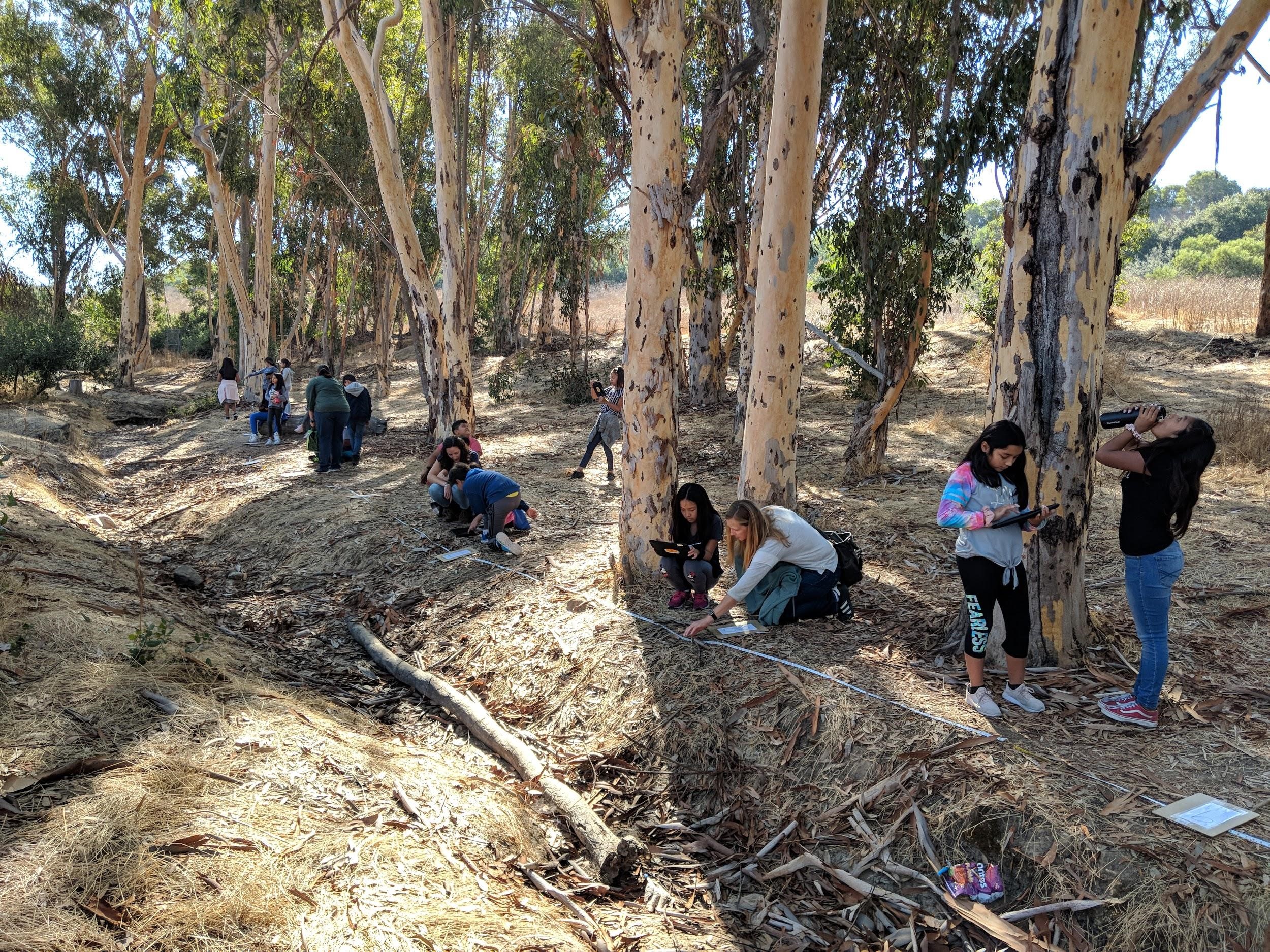
by Kristen Hurst, Indraneel (Neel) Kasmalker, Carly Ellis, and Kirstin Skadberg
It was a beautiful fall day in San Diego. Meaning…it was hot! We were walking down the hill from Carver Elementary toward Chollas Creek with a class of 20 bright and curious fourth graders. It was just the kind of field trip kids need more of these days. Out in the sunshine, surrounded by trees and plants, the birds were chirping and the children were laughing. What was the purpose of this happy adventure? Measuring trash.
These young scientists were attempting to answer the questions: How much trash is in our neighborhood creek, and how does it affect our local environment?
The kids set out to answer these questions as part of a Thriving Earth Exchange community science project. In addition to the students, San Diego’s Thriving Earth Exchange team includes Kristen Hurst, Indraneel (Neel) Kasmalker, Carly Ellis, and Kirstin Skadberg. Kristen is the 2019/2020 “Teacher of the Year” at Carver Elementary. Neel is a Stanford scientist working at the Institute for Computational & Mathematical Engineering. Carly is a field researcher at Scripps Institution of Oceanography. And Kirstin runs Kirstin Skadberg Consulting, a San Diego environmental consulting company that also specializes in teaching and training.
Thriving Earth Exchange is a program of the American Geophysical Union that connects community leaders with scientists to advance local priorities related to climate change, natural resources, and natural hazards. The needs of the community are the driving force behind each project. The community leader sets the goals and works with a project coordinator from the Thriving Earth Exchange to assemble a team. The scientists chosen to join the team provide support and establish a scientific basis for the project.
When Kristen, the community leader, reached out to Thriving Earth Exchange in December 2018 to suggest a potential project for addressing the trash problem in Chollas Creek, she and the staff engaged in a detailed scoping process to identify the problem, list the available community resources, and chart out a plan. Kristen listed two main objectives for this project: first, to raise awareness in the broader community about the environmental problems ailing Chollas Creek, and second, to engage her students in this effort and develop them as environmental stewards for their neighborhoods.
Once the project was formalized by the Thriving Earth Exchange, Neel was assigned as the project coordinator. He and Kristen sought out local scientists in San Diego who would like to join the team. The criteria: Do you have experience with environmental problems? And do you enjoy working with kids? With support from Thriving Earth Exchange staff, they found the perfect scientist partners: Kirstin and Carly. A couple of fun conversations later, the team was in place.
By April 2019, the team had a general plan of action. First, we would develop a method for quantifying trash pollution that would be safe and accessible, and fun, for kids. Next, we would lead student-visits to several locations along the creek to collect trash data. Finally, the students would put on a public exhibition in their neighborhoods to highlight the environmental problems of the Chollas Creek and advocate for trash cleanup and legislation.
The Chollas Creek watershed encompasses a number of San Diego communities, most of which are characterized as “disadvantaged communities” by the California Department of Water Resources. In this urbanized area, the creek has increasingly been degraded by water pollution, constricted by concrete channels and culverts, and overgrown by invasive and nuisance plants.
Some sections of the creek have been categorized by the Regional Water Quality Control Board as “impaired water bodies” because of the presence of pollutants such as trash, bacteria, and metals. These pollutants have negative effects on the local community and can pose serious health risks.
Local non-profit organizations like Groundwork San Diego and Canyonlands are working to improve conditions in the Chollas Creek watershed. In particular, they are developing a plan to create a regional park extending along major reaches of the creek. This work is largely funded by grants, and two important things are needed to win those grants: a strong community voice advocating for change, and data showing where the Creek most needs help.
The Trash-tography project, created by the 4th graders at Carver, will help meet both of those needs.
I’m not sure we scientists knew what to expect meeting Kristen’s class for the first time. After all, we are used to presenting to college students and adults. We were thrilled by the polite, intelligent, and lively welcome the kids gave us! During our first meeting, we gave a presentation about the Chollas Creek watershed and answered some very thoughtful questions. Then the kids got to work deciding how our project would move forward.
We decided to measure trash in the creek using a visual survey, since that would not require a lot of equipment. We found a Rapid Trash Assessment visual survey protocol established by the California State Water Resources Control Board Surface Water Ambient Monitoring Program (SWAMP). In addition, we decided that photographing the trash would be the safest way to document our observations. These monitoring methods led the students to their project name: Trash-tography.
For our first field trip we visited a branch of Chollas Creek located in an open space less than a mile from the school. We adults thought we had the study methods all worked out, but as with every plan, there were unexpected challenges.

How do you get 20 fourth graders to line up in 10 teams along a 100-foot measuring tape in a park? It’s not as easy as you might think, but with a little extra focus the kids managed to get it done. Each team had a clipboard with a paper copy of the trash assessment survey. The three adults on the trip floated amongst the teams to help them think through the trash survey questions for the first time. Questions that seemed simple in the classroom turned out to be tougher to answer consistently in the field. But overall, the kids did a great job and we overcame the hiccups together.
Later, when the technical advisory team (i.e. the grown-ups) took a look at the data the kids had collected, we identified even more challenges. First, we had to compile the data into a digital spreadsheet. This was not straightforward because different teams had interpreted some questions and answers a little differently. Thus, consolidating the survey results was time-consuming!
In the end, we decided to standardize the answers and make data compilation easier using Google forms. We created our own Google form that included categorical answers instead of just blanks. The kids could access it using iPads in the field. We developed and tested the form in preparation for our next field trip with the kids.
Having learned from and adjusted our method, our second field trip went much more smoothly. This time the kids knew their teams and were able to help us get the tape measure in place quickly. They were familiar with the questions, and the digital format of the survey was very helpful in keeping the kids engaged! The kids also used the iPads to take photographs of the creek portions as documentation.

When processing the data, Google forms made it easy to compile all the information and create colorful, kid-friendly graphs. This was a major win! When we visited the classroom at a later date to debrief with the kids, Google had already done much of the work, so we could focus on deeper questions about how to interpret the data and read the graphs.

The kids’ third “field trip” wasn’t a field trip at all. For this observation, Kristen and Kirstin visited a different section of Chollas Creek and took photos for the kids to assess in the classroom. We wanted to test the idea that, with “Trash-tography,” namely the photos of trash-laden creek sections, the kids could collect observations while keeping a distance from potentially harmful locations or substances.

Back in the classroom, we had more lessons to learn and the kids got to be problem solvers, once again. We planned to have them look at the photos on their iPads and fill out the Google form. With only one iPad per team, toggling back and forth between the photo and form proved challenging, but the kids were remarkable at improvising. We didn’t get as far as we had hoped with the photo assessment that day, but the problem-solving session itself proved so valuable we counted the visit as a win. It was a great chance to learn about overcoming real hurdles during the scientific process!
Our next planned activity was to take the kids on a final field trip to a location along the creek that we could safely access with a bus trip. We planned to use our now tried-and-true iPad-based method to collect data and photographs. In-person activities are on hold for now to make sure everyone stays healthy during the virus outbreak…in the meantime, we’re working of the virtual side of the project. You will soon find our methods on Public Lab. We look forward to getting back outside with students when public health guidelines allow
The new plan, now, is to publish our Trash-tography methods on Public Lab, a non-profit organization that facilitates collaborative, open-source research geared toward communities, environmental monitoring, and advocacy. We’d like for others to try replicating this study in their own communities and give our group feedback on how we could improve our methods.
We are still hopeful that a public gathering could be in the works later this year so the students can present their research, photographs, and results to their community members and local legislators.
Fourth-graders are incredible! We presented them with a little background information about an issue threatening their very own backyards and they proved to be passionate, resilient, and creative: They are passionate about transforming Chollas Creek and bettering their community. They are resilient when it comes to road blocks and keeping each other and their mentors in high spirits. They are creative thinkers who learn effectively when included in decision-making and problem-solving during the scientific process. This whole process just goes to show kids can learn from (and have fun with!) hands-on, applied science that makes a difference.
Project Coordinator
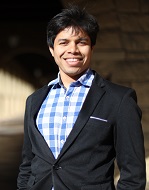
Indraneel Kasmalkar is a PhD student in Computational and Mathematical Engineering at Stanford University. Neel’s research interests lie broadly in the realm of sea level rise. For his PhD dissertation, he studies the physics behind why Antarctica and Greenland are losing ice so rapidly and how it will impact coastal communities over the next few decades. Neel is also part of the Stanford Sustainable Urban Systems team which investigates the impacts of coastal flooding and sea level rise in the San Francisco Bay Area. In particular, he studies how flooded roads can change traffic patterns and further worsen congestion in the Bay Area.
Neel completed his Bachelor of Arts in Mathematics at University of California, Berkeley in 2015 and his Masters in Computational and Mathematical Engineering at Stanford University in 2018.
Community Lead
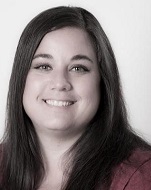
Kristen Hurst is the community lead for the project. Hurst is an elementary science teacher and employee of the non-profit GroundWork-San Diego. She is deeply connected to the community, teaches at two elementary schools, and serves as a leader in neighborhood council. She also serves on the board of EarthLab, an outdoor climate action park serving over 3,000 students and their families each year. She already has connections with professors at University of California San Diego and San Diego State University and seeks to expand those connections to include scientists with expertise in hydrology, riparian ecosystems, and soils. Kristen is committed to coordinating and developing the neighborhood network and engaging her students and other teachers in the citizen science project.
Science Liaisons
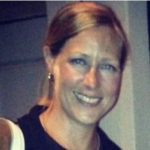
Kirstin Skadberg is the president of Kirstin Skadberg Consulting, an environmental consulting company, and an adjunct professor at the University of San Diego where she teaches Environmental Assessment Practices. She got her Ph.D. in ecology from the UC Davis/SDSU Joint Doctoral Program in 2008, where she studied CO2 exchange between the atmosphere and coastal oceans. After the Ph.D., Kirstin began working for an environmental consulting firm and has been in the business ever since. In 2017 she started her own company. Kirstin also works with Groundwork San Diego, a nonprofit organization which aims to improve conditions in the Chollas Creek watershed in south San Diego. Working with Groundwork, Kirstin has managed two creek restoration projects and contributed to educational programs and grant proposals.
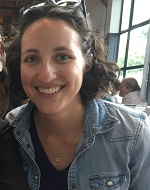
Carly Ellis is a Field Researcher at the Center for Western Weather and Water Extremes, part of Scripps Institution of Oceanography in San Diego. She is extremely passionate about soggy science (i.e. wading into streams and rivers during precipitation events to collect water quality samples and measure stream flow velocities). Prior to landing at Scripps, she earned her Masters in Environmental Science and Policy at Plymouth State University, where she completed her thesis on the temporal variability of aluminum concentrations in stream water. She attributes much of her success to her undergraduate research experiences in the Finger Lakes Region of New York and in the Hubbard Brook Experimental Forest of New Hampshire. When Carly is not working, she is likely hiking, skiing, napping, or attempting to surf!
(c) 2024 Thriving Earth Exchange